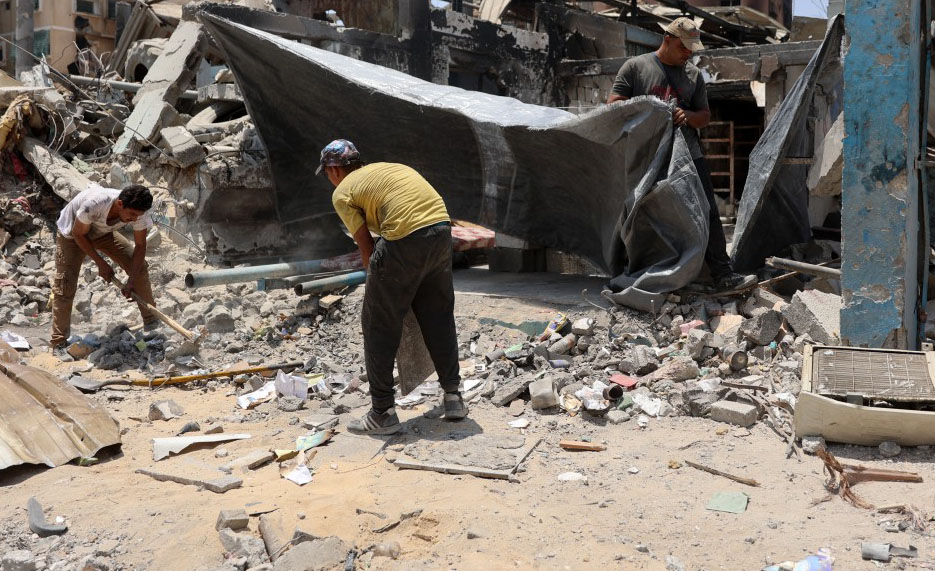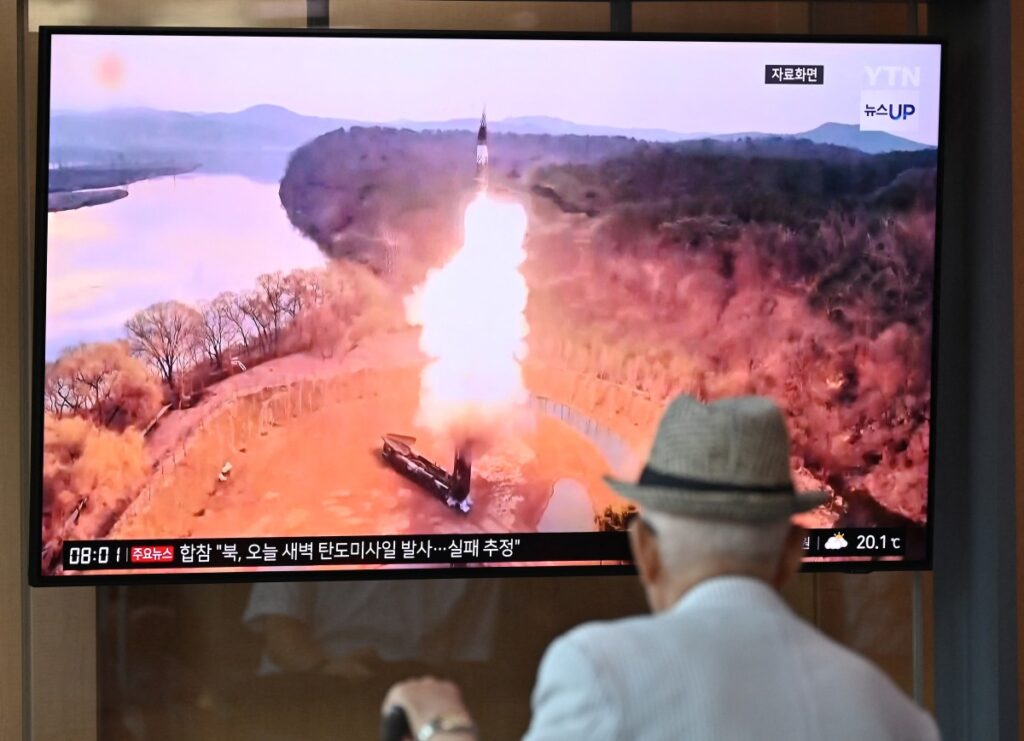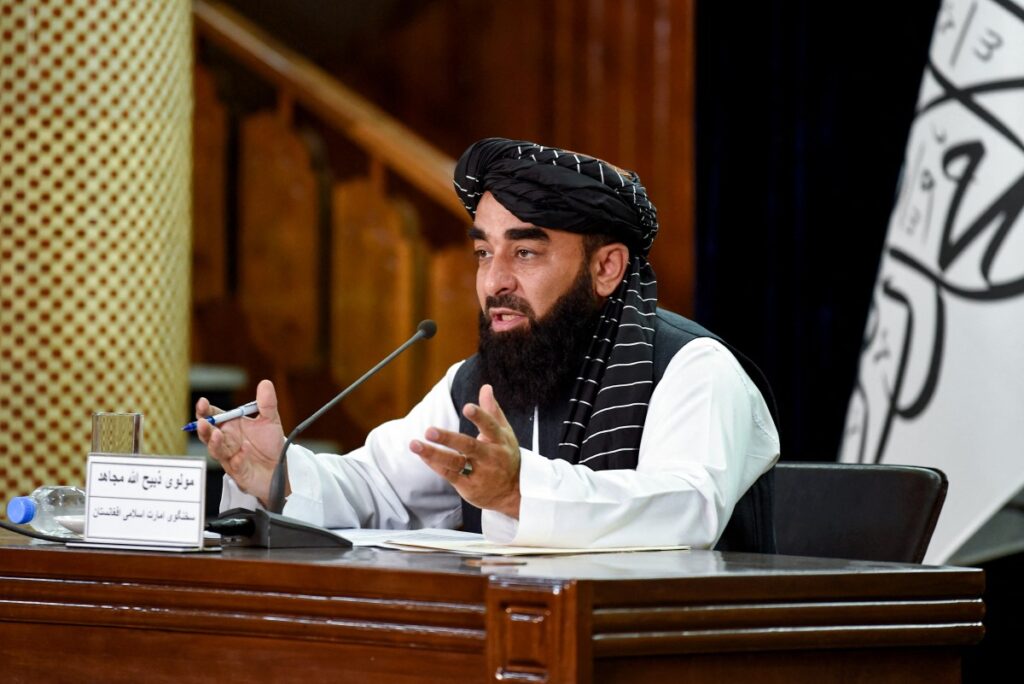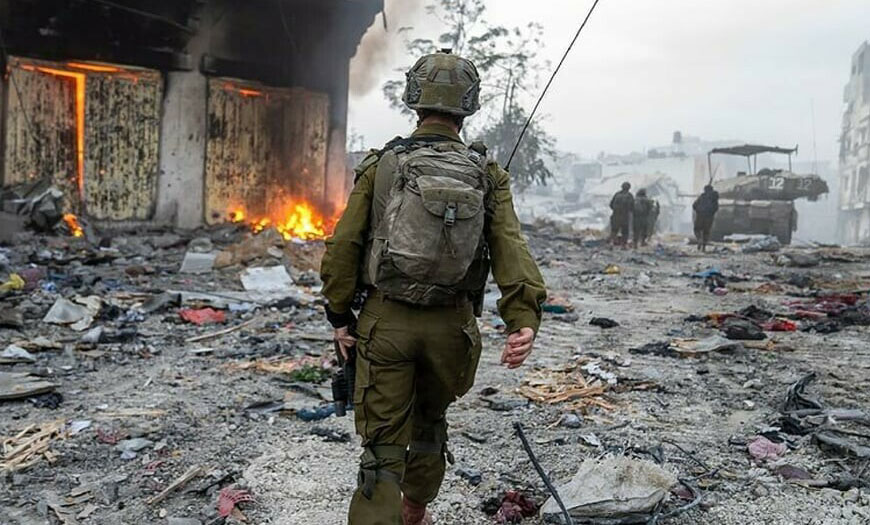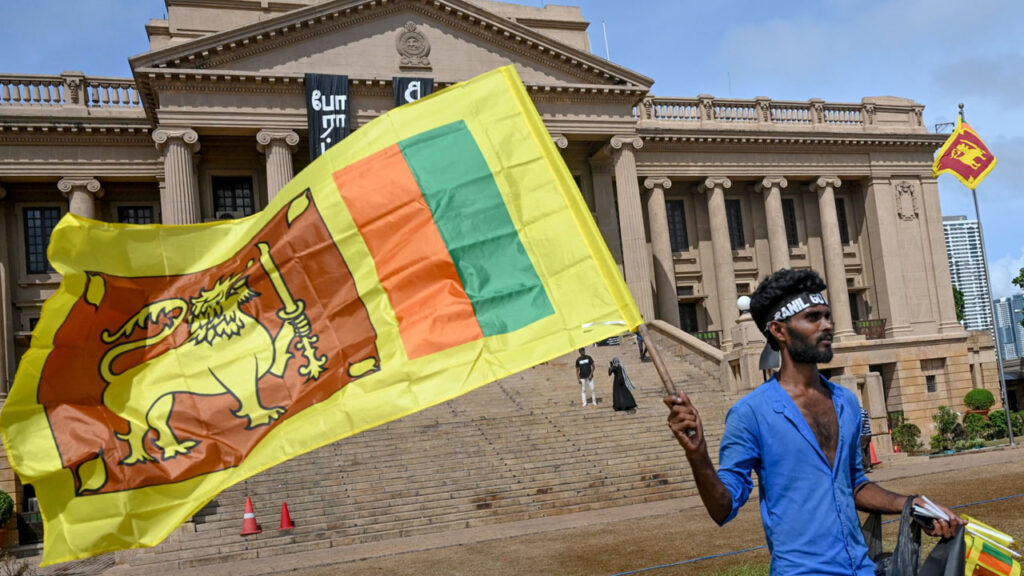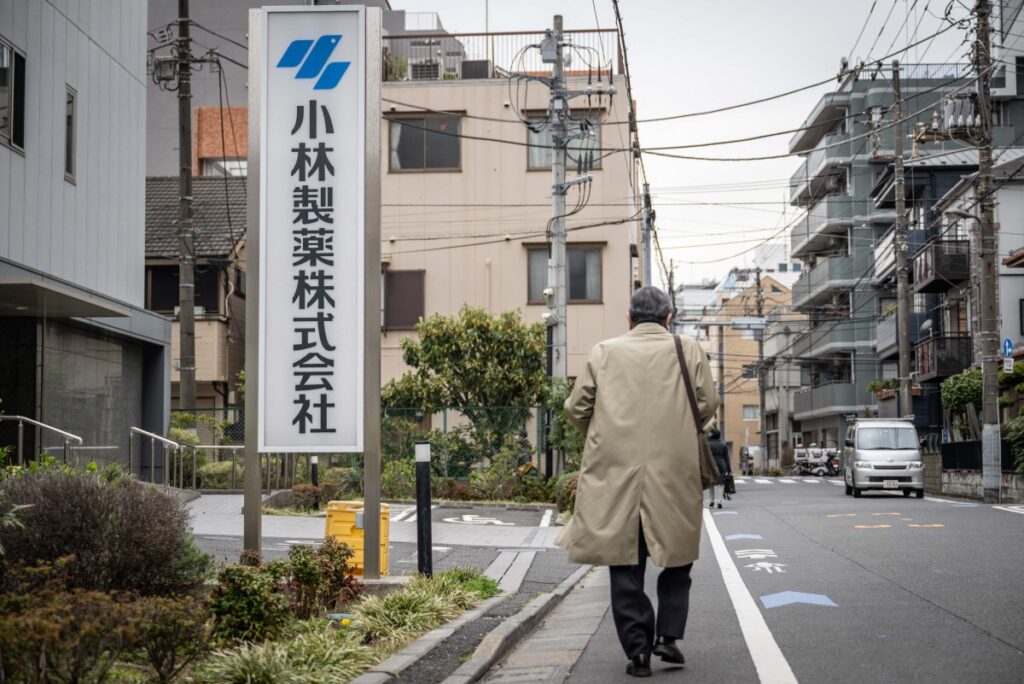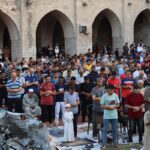
Displaced Gazans had to use empty plastic bottles on Monday to try to remove sewage from their tents after a pipeline burst in the main southern city of Khan Yunis.
“All the tents were flooded with sewage water. This is no life,” said Abdullah Barbakh, surrounded by bombed out buildings in the Palestinian city which has been devastated by months of war.
“I implore all Arab countries and the entire world to see what is happening to us. We’re living in the middle of sewage.”
Residents removed sodden carpets from their tents as they began the long process of getting rid of the dirty water, while children waded through a river of sewage that cut through a main road.
The spill has made it almost impossible to live in the city, where piles of debris and massive concrete slabs from bombed-out buildings line the streets, residents said.
“The sewage has flooded over us. We can’t eat or drink, and we’re unable to sleep. We are sleeping in the streets,” said Abdul Samad Barbakh.
Khan Yunis was a focus of the fighting in the early months of the Israel-Hamas war, but now it has become a hub for displaced people, many of whom have been forced to flee many times during the conflict.
About 1.7 million people are now sheltering in Khan Yunis and in central areas of the Gaza Strip, according to the UN agency for Palestinian refugees, also known as UNRWA.
Tens of thousands have sought shelter there after fleeing from Rafah in the south, where raging street battles between militants and Israeli forces have rocked entire neighbourhoods.
– ‘No drinking water’ –
Mohammad Ahmad Abdul Majid, who now lives in Khan Yunis after fleeing Gaza City, told AFP living conditions were so difficult that he was unable to sleep.
“We live in harsh conditions in tents, sleeping on bedding unfit for a human being. It’s not suitable to sleep on it for eight or nine hours during the night,” he said.
“Before the war we lived in a house that was comfortable and in a healthy environment. Today the situation has changed.”
Donkey carts loaded high with belongings dotted the streets.
Said Ashour, a local resident, told AFP he had to walk a long way just to find clean water.
“There’s no drinking water — we have to walk for a kilometre or two,” he said.
“There isn’t even anyone selling water on the streets. There isn’t even sea water.”
The war in Gaza was sparked by Hamas’s October 7 attack, which resulted in the deaths of 1,190 people, mostly civilians, according to an AFP tally based on Israeli official figures.
Militants also took about 250 hostages, 120 of whom remain in Gaza, including 37 the army says are dead.
Israel’s retaliatory bombardments and ground offensive have killed at least 36,479 people in Gaza, mostly civilians, according to the Hamas-run territory’s health ministry.
Workers in Khan Yunis told AFP they lacked the proper equipment to be able to repair the pipeline properly.
“We’re working to stop people suffering because of the sewage, but we don’t have the capabilities, material and equipment we need for the job,” local municipality worker Hossam Musa said.

